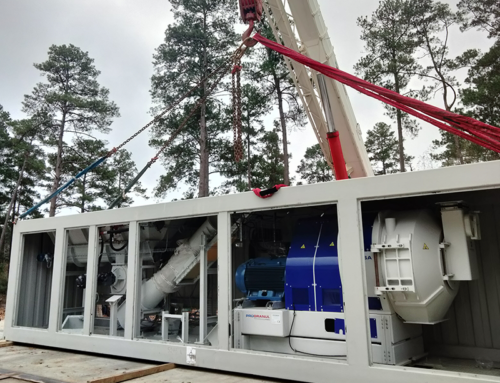|
O&M Contracts for Pellet Plants: The benefits in the income statement How does an efficient Operation and Maintenance (O&M) of a Pellet Plant affect its income statement, and what’s the effect on the profitability of the plant if this is not done in the correct way?It’s well known that the first months after the commissioning of a pellet plant is a critical period in which for several reasons and in numerous cases the capacity of the plant doesn’t reach the name plate capacity as fast as it was planned, and in some cases this situation lasts for longer than it should, taking for months or even years to be able to maintain the capacity in its design rate, having this a direct impact in the project’s profitability and income statement. The reasons that lead to a poor operation may be very diverse: from the inexperience of the operators during the first months and years after the plant’s start up, to the unstable quality of the raw material during the first terms, or others like low performance of the equipment, poor process knowledge of the team, logistic reasons, raw material associated issues or many others. In all of these situations, to work with a team of professionals that help you to identify the reasons of the lack of production will be a critical issue, as will help to locate the reason for the lack of production and minimize it. An O&M contract not only will enable the owner of the plant to eliminate any process, equipment or operational related problem, as the company that offers an O&M contract will guarantee the production of the plant under the agreed raw material specifications, but also will help the owner to identify any other issue that in a direct or indirect way may be affecting the plant capacity or performance. In Prodesa we have a long experience with O&M contracts, and as a result of this experience, we have done a research to quantify how a poor operation affects the income statement of a pellet plant, based on a capacity of 170,000 mton/year and a price of the raw material of 45 $ /mton.
In the horizontal axis we have represented five different scenarios, in which we can see how the profitability of the project decreases depending on the different hypothesis:
By Forcus Martinez, Sales Manager at Prodesa North America. Email: fmartinez@prodesa.net |
|














Leave A Comment